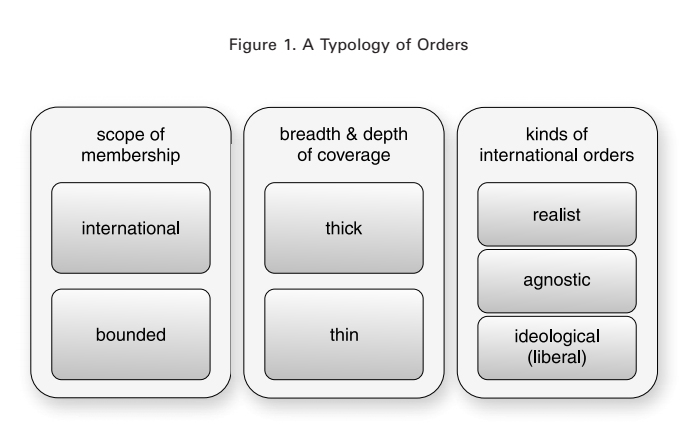Chapter 10 Future (Week 13)
10.1 Discussion questions
Mearsheimer (2019): What is Mearsheimer’s prediction about the future of the liberal international order? Is it convincing? What are the policy implications?
Weiss and Wallace (2021): What is Weiss and Wallace’s prediction about the future of the liberal international order? Is it convincing? What are the policy implications?
“The Future of the Liberal International Order” with John Ikenberry and John Mearsheimer
Putin says ‘economic blitzkrieg’ has failed in anti-West rant | DW Newas
China launches the Fujian, the PLA Navy’s 3rd aircraft carrier

